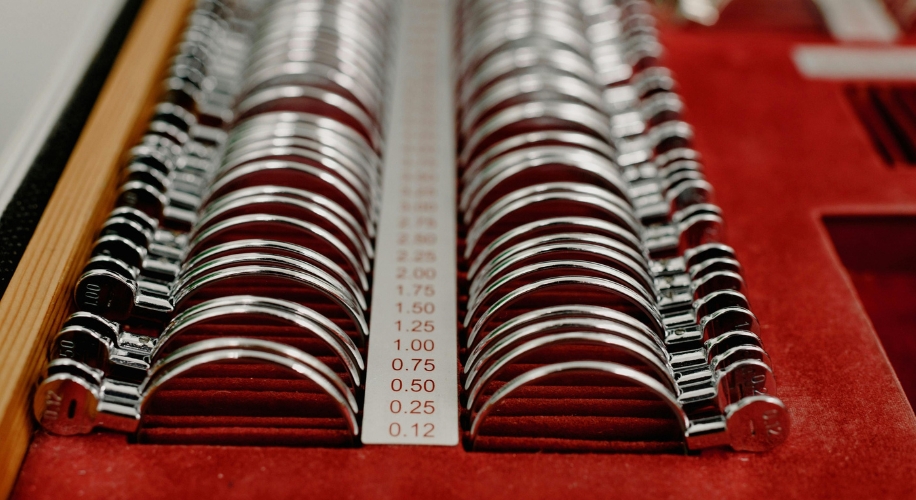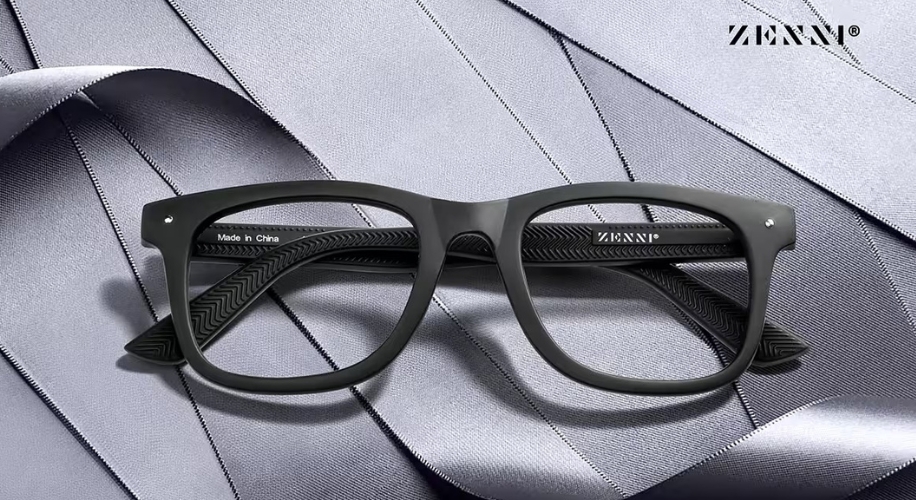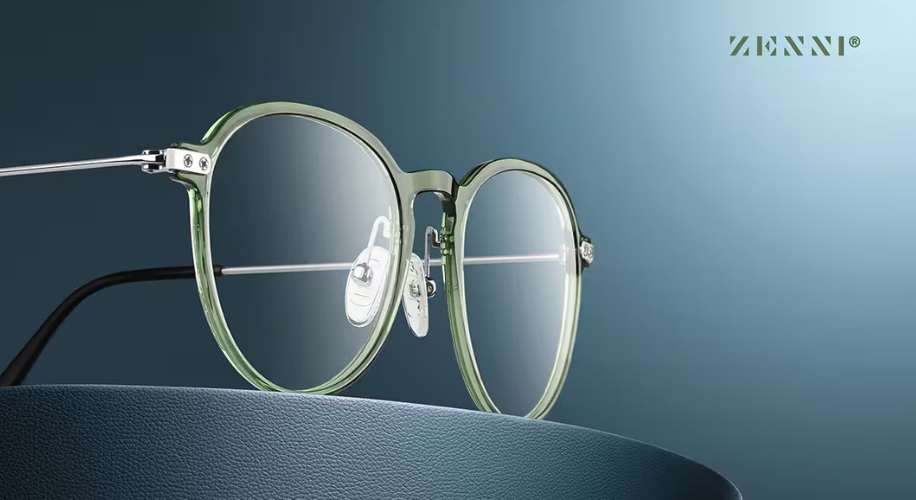When Were Glasses Invented?
- BY Dr. Steven Liem
- IN Glasses
Glasses have become an essential tool in our daily lives, aiding vision for millions around the globe. But when exactly were they invented, and how did they evolve into the stylish and functional eyewear we know today?
The Origins of Vision Correction
Ancient Attempts at Vision Correction
Long before the invention of glasses, humans sought ways to enhance their vision. Ancient civilizations experimented with various methods to improve eyesight. The Egyptians, as early as 3000 BCE, used polished stones and crystals to magnify objects, while the Greeks and Romans utilized water-filled vessels as primitive magnifiers.
The First Recorded Use of Lenses
The earliest known lenses were made from polished quartz or crystal, dating back to around 700 BCE in Assyria. However, it wasn’t until the invention of glass in the 1st century CE that lenses began to take shape. The Romans experimented with glass, leading to the creation of the first rudimentary magnifying glasses.
Photo by Ksenia Chernaya
The Birth of Eyeglasses
The 13th Century: A Turning Point
The invention of glasses as we know them is credited to the 13th century, specifically in Italy. Historical records suggest that the first wearable glasses were created around 1280 in the region of Venice. These early spectacles featured convex lenses, designed to aid presbyopia, a common age-related vision problem.
The Role of Monks and Scholars
Monks and scholars played a crucial role in the development of eyeglasses. With their focus on reading and studying sacred texts, they were among the first to benefit from improved vision. The ability to read without straining the eyes allowed for greater productivity and scholarship, paving the way for advancements in various fields.
Advancements in Lens Technology
The 14th Century: Innovations in Design
By the 14th century, glasses had evolved significantly. New techniques in lens crafting allowed for more precise shapes and sizes. Concave lenses were introduced, catering to those with myopia, or nearsightedness. The development of these lenses marked a pivotal moment in vision correction.
The 17th Century: The Advent of Spectacle Frames
As eyeglasses gained popularity, so did the need for durable frames. The 17th century saw the introduction of spectacle frames, typically made from wood or metal. This innovation made glasses more practical and accessible, allowing users to wear them comfortably for extended periods.
Photo by Antoni Shkraba
The Evolution of Eyewear Styles
The 18th Century: The Rise of Fashionable Glasses
As glasses became a staple in daily life, they also transitioned into fashion accessories. The 18th century witnessed the emergence of ornate designs, with frames crafted from luxurious materials such as gold and ivory. This period marked the beginning of glasses as a symbol of status and sophistication.
The 19th Century: Industrialization and Mass Production
The Industrial Revolution of the 19th century transformed the eyewear industry. Mass production techniques allowed for the rapid manufacturing of glasses, making them more affordable. Innovations such as the introduction of tinted lenses and protective coatings further enhanced the functionality and appeal of eyewear.
Modern Glasses: Technology and Design
The 20th Century: A New Era of Eyewear
The 20th century brought significant advancements in lens materials. Plastic lenses, introduced in the 1930s, revolutionized the eyewear industry. Lightweight and shatter-resistant, these lenses provided comfort and safety, making them a popular choice for consumers.
The Role of Fashion in Eyewear Design
The influence of fashion on eyewear design became increasingly prominent in the late 20th century. Iconic figures, from Hollywood stars to musicians, began to sport distinctive glasses, turning them into fashion statements. Designers started to collaborate with eyewear manufacturers, leading to a diverse range of styles that catered to different tastes and preferences.
Shop These Frames
The Cultural Impact of Glasses
The Modern-Day Significance of Eyewear
In today’s world, glasses are more than just functional tools; they are an expression of personal style. The rise of online eyewear brands and customizable options has empowered individuals to choose frames that reflect their unique identities. Additionally, the increasing awareness of eye health has further emphasized the importance of regular eye exams and proper vision correction.
Sustainable Eyewear: A Growing Trend
Sustainability is becoming a critical focus in the eyewear industry. Brands are increasingly prioritizing eco-friendly materials and ethical manufacturing practices. This shift not only addresses environmental concerns but also appeals to a growing demographic of conscious consumers.
Shop These Frames
The Importance of Vision Correction
The invention of glasses marks a significant milestone in human history, reflecting our desire to enhance and protect our vision. From ancient attempts at vision correction to the stylish and technologically advanced eyewear of today, glasses have come a long way. As we continue to innovate and adapt, one thing remains clear: glasses are not just tools; they are an integral part of our lives, shaping how we see the world and how the world sees us.






